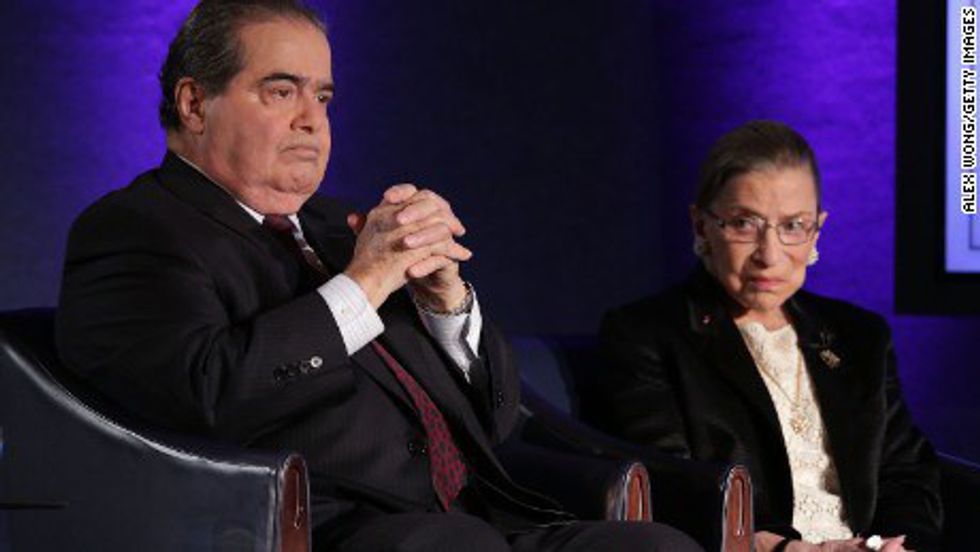The Supreme Court of the United States has the task of determining the constitutionality of government actions. The court has ruled on many important issues that have changed the United States and made it the way it is today. These are ten of the most influential cases.
1. Marbury v. Madison (1803)
This is arguably the most essential case in the history of the United States because it establishes judicial review. This gives the Supreme Court the power to determine if actions by the branches of government are constitutional.
Recommended for you
2. Dred Scott v. Sandford (1857)
Dred Scott was a slave for a portion of his life in Missouri. He then lived in free state territory for ten years. Scott argued that because he lived in a free state he then was a free man. The court ruled that only a citizen of the U.S. could be a citizen of a state and Scott was a slave, not a citizen.
3. Plessy v. Ferguson (1896)
This case declared the “separate but equal” doctrine. This allowed institutional segregation to continue to take place. Even though blacks and whites were “equal” there was still a gap in many areas of life. For example, black schools had fewer resources, the teachers were not as educated and prepared than those at white schools. This was upheld until the case Brown v. Board of Education in 1954. This case overturned Plessy. Here the court decided that having separate facilities is not equal and it violates the Equal Protection Clause.
4. Korematsu v. United States (1944)
This case came after Pearl Harbor and an executive order by the President that sent Japanese U.S. citizens into internment camps. The court ruled that this is constitutional because it was during a time of emergency and peril.
5. Engel v. Vitale (1962)
This court ruled that reading a non-denominational prayer at the beginning of school does violate the establishment clause of the First Amendment. The prayer always mentioned God and was voluntary, but still was ruled unconstitutional.
6. Miranda v. Arizona (1966)
Miranda had been interrogated by the police and had confessed without being told that he has Fifth Amendment rights, including protection from self-incrimination. Out of this case came the Miranda rights. The key piece is the Fifth Amendment and the interpretation that law enforcement must inform suspects of their rights.
7. Roe v. Wade (1973)
This case was and still is very controversial. The court decided that women have the authority to terminate their pregnancy during their first trimester. This is included in a woman’s right to privacy that is guaranteed by the 14th Amendment.
8. Regents of the University of California v. Bakke (1978)
Bakke was a white man who was denied admission twice to the University of California medical school. The University was practicing affirmative action and they used a quota program. The court upheld affirmative action but struck down the quota system saying that it violated the Civil Rights Act of 1964.
9. Citizens United v.Federal Election Commission (2010)
The court determined that corporations can use an unlimited amount of funds towards political broadcasts. Corporations are treated like people in regards to political contributions.
10. Obergefell v. Hodges (2015)
Two important rulings came out of this case. One is that the 14th Amendment required all states to allow same-sex couples to have a licensed marriage. Secondly, the 14th Amendment all states are required to recognize marriages that take place in other states.



















